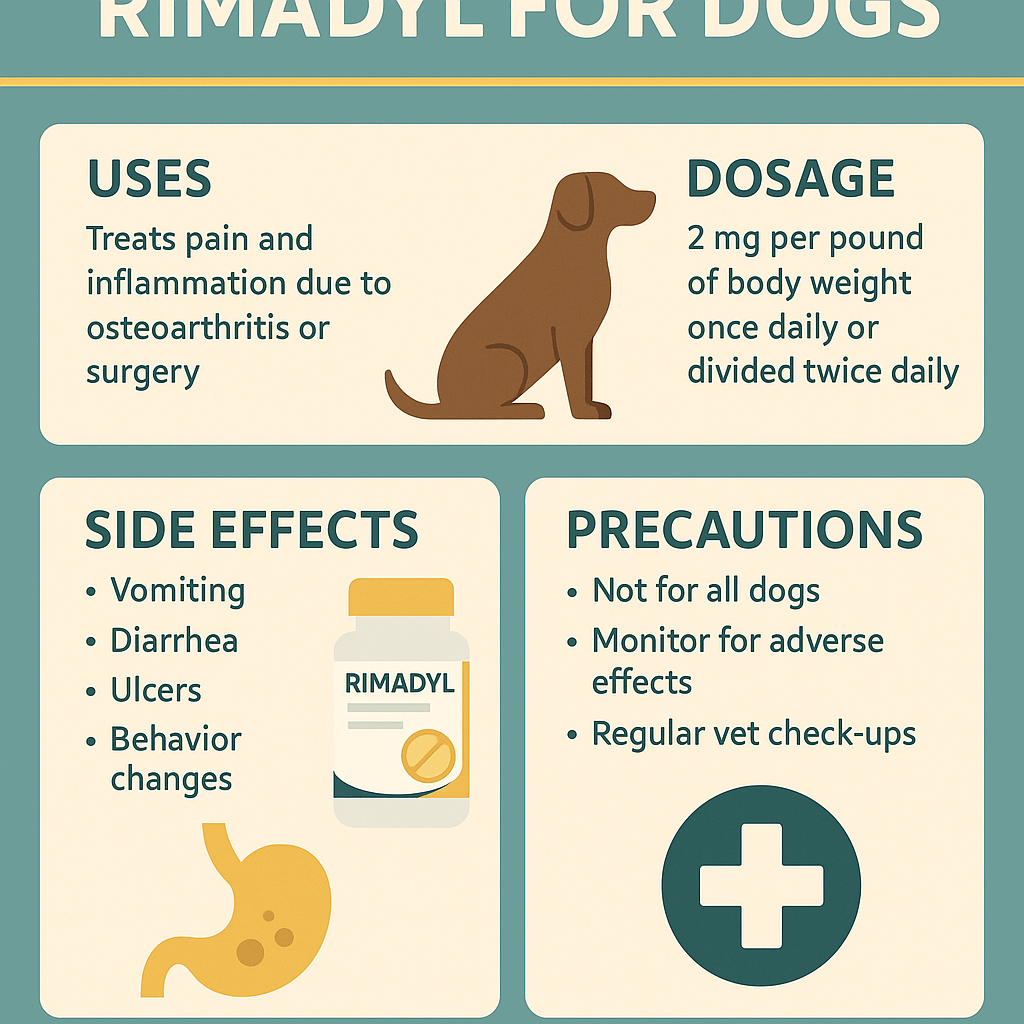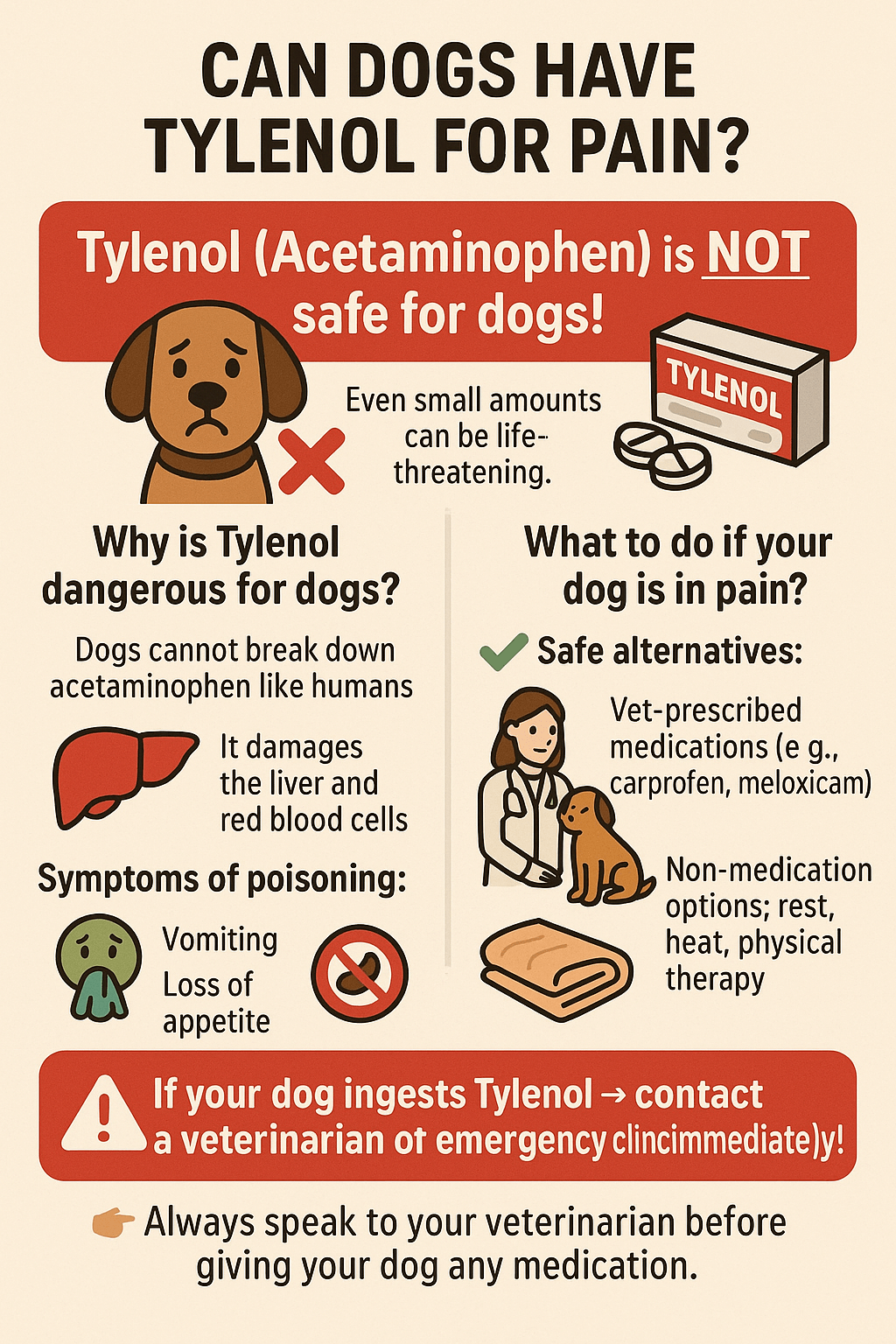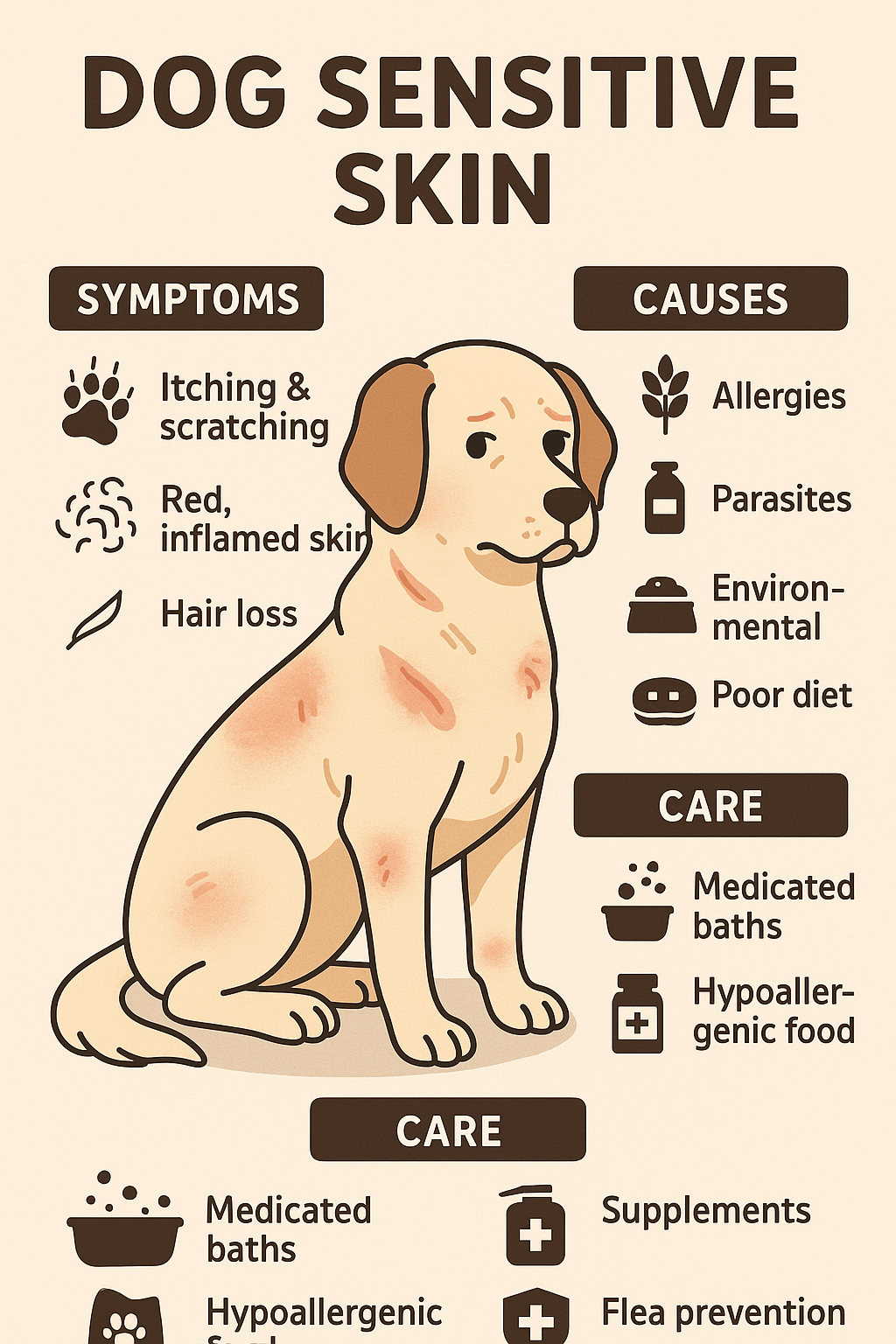How to Crate Train a Rescue Dog: A Step-by-Step Guide
Bringing a rescue dog into your home is a rewarding experience, but it often comes with unique challenges. One of the most effective ways to help your new furry friend adjust is through crate training. Crate training not only provides your dog with a safe and comfortable space but also aids in housebreaking, reducing anxiety, and fostering good behavior. However, crate training a rescue dog requires patience, understanding, and a tailored approach, as many rescue dogs may have had difficult pasts.
In this blog post, we’ll explore how to crate train a rescue dog, offering practical tips and expert advice to ensure a smooth transition for both you and your new companion. With the right techniques, crate training can become a positive and stress-free experience for your rescue dog.
Understanding the Benefits of Crate Training for Rescue Dogs
Crate training is more than just a tool for managing your dog’s behavior—it offers numerous benefits that can significantly improve their quality of life. Understanding these advantages will help you approach crate training with confidence and purpose.
Safe Haven : The crate becomes a secure space where your rescue dog can retreat when feeling overwhelmed or anxious.
Housebreaking Aid : Dogs naturally avoid soiling their sleeping area, making the crate an effective tool for potty training.
Prevents Destructive Behavior : A properly crate-trained dog is less likely to chew furniture or get into trouble when left alone.
Travel Convenience : A crate-trained dog is easier to transport during car rides, vet visits, or trips.
Reduces Separation Anxiety : Gradual crate training helps your dog feel more comfortable being alone, easing separation anxiety.
By recognizing these benefits, you can see why crate training is a valuable investment in your rescue dog’s well-being and your peace of mind.
Step-by-Step Guide to Crate Training Your Rescue Dog
Crate training a rescue dog requires a gentle and structured approach. Follow these steps to create a positive association with the crate and help your dog feel at ease.
Choose the Right Crate : Select a crate that’s appropriately sized—big enough for your dog to stand, turn around, and lie down comfortably.
Introduce the Crate Gradually : Place the crate in a common area and allow your dog to explore it at their own pace without forcing them inside.
Make It Comfortable : Add soft bedding, toys, and treats to make the crate inviting and cozy.
Use Positive Reinforcement : Reward your dog with praise, treats, or toys whenever they enter the crate voluntarily.
Increase Time Spent in the Crate : Start with short periods of time and gradually increase the duration as your dog becomes more comfortable.
With patience and consistency, your rescue dog will learn to view the crate as a safe and enjoyable space.
Check this guide 👉Crate Train an Older Dog: 7 Expert Tips for Success!
Check this guide 👉Top 5 Ultimate XL Dog Crates for Maximum Comfort & Security!
Check this guide 👉Top 5 Best Bacon Dog Treats for Ultimate Pawsome Rewards!

Step in Crate Training | Purpose/Outcome |
|---|---|
Choose the Right Crate | Ensures comfort and proper fit |
Introduce the Crate Gradually | Reduces fear and resistance |
Make It Comfortable | Encourages voluntary exploration |
Use Positive Reinforcement | Builds a positive association |
Increase Time Spent in the Crate | Helps your dog adapt to longer stays |
Common Challenges in Crate Training a Rescue Dog
Crate training a rescue dog can present unique challenges, especially if they’ve experienced trauma or neglect in the past. Understanding these obstacles can help you address them effectively.
Fear of Confinement : Many rescue dogs associate small spaces with negative experiences, leading to resistance or panic.
Separation Anxiety : Dogs with abandonment issues may struggle with being left alone in the crate.
Accidents Inside the Crate : Some dogs may soil the crate if they’re overly anxious or haven’t been properly housebroken.
Barking or Whining : Vocalizing is a common way for dogs to express discomfort or boredom while in the crate.
Slow Progress : Rescue dogs may take longer to adjust to crate training due to their individual histories and personalities.
By addressing these challenges with patience and empathy, you can help your rescue dog overcome their fears and build a positive relationship with the crate.
Tips for Making Crate Training a Positive Experience
To ensure crate training is a success, focus on creating a positive and stress-free environment for your rescue dog. These tips can help make the process smoother and more enjoyable.
Start Early : Begin crate training as soon as possible to establish good habits from the start.
Avoid Using the Crate as Punishment : Never use the crate as a form of discipline, as this can create negative associations.
Feed Meals Near or Inside the Crate : Placing food bowls near or inside the crate encourages your dog to associate it with positive experiences.
Incorporate Playtime : Use toys or interactive games near the crate to make it a fun and engaging space.
Be Consistent : Stick to a routine and reward calm behavior to reinforce the idea that the crate is a safe and relaxing place.
By following these tips, you can transform the crate into a comforting retreat that your rescue dog will love.
Signs Your Rescue Dog Is Adjusting to Crate Training
Recognizing the signs of progress in crate training can help you gauge how well your rescue dog is adapting. These indicators show that your efforts are paying off and that your dog is beginning to feel comfortable in their crate.
Voluntary Entry : Your dog willingly enters the crate without hesitation or prompting.
Relaxed Body Language : They appear calm and relaxed inside the crate, often lying down or resting.
Quiet Behavior : Your dog no longer barks, whines, or shows signs of distress while in the crate.
Sleeping in the Crate : They use the crate as a sleeping space, even when the door is left open.
Positive Association : Your dog shows excitement when you approach the crate, such as wagging their tail or looking happy.
These signs demonstrate that your rescue dog is forming a positive relationship with their crate, making it a safe and comforting space for them.
Signs Your Rescue Dog Is Adjusting to Crate Training
Recognizing the signs of progress in crate training can help you gauge how well your rescue dog is adapting. These indicators show that your efforts are paying off and that your dog is beginning to feel comfortable in their crate.
Voluntary Entry : Your dog willingly enters the crate without hesitation or prompting.
Relaxed Body Language : They appear calm and relaxed inside the crate, often lying down or resting.
Quiet Behavior : Your dog no longer barks, whines, or shows signs of distress while in the crate.
Sleeping in the Crate : They use the crate as a sleeping space, even when the door is left open.
Positive Association : Your dog shows excitement when you approach the crate, such as wagging their tail or looking happy.
These signs demonstrate that your rescue dog is forming a positive relationship with their crate, making it a safe and comforting space for them.
How to Address Setbacks in Crate Training
Even with the best intentions, setbacks can occur during crate training. Understanding how to handle these challenges will help you stay patient and focused on your goal.
Identify Triggers : Determine what caused the setback, such as a change in routine or an unfamiliar environment.
Go Back to Basics : Revisit earlier steps in the training process to rebuild confidence and trust.
Shorten Crate Time : Reduce the amount of time your dog spends in the crate to prevent feelings of frustration or anxiety.
Increase Positive Reinforcement : Offer extra praise, treats, or affection to reinforce good behavior and boost morale.
Consult a Professional : If setbacks persist, consider seeking advice from a professional dog trainer or behaviorist.
Setbacks are a normal part of the learning process, and addressing them with patience and consistency will ultimately lead to success in crate training your rescue dog.
Frequently Asked Questions About Crate Training a Rescue Dog
How long does it take to crate train a rescue dog?
The timeline varies depending on the dog’s personality and history, but it typically takes several weeks to months.
What if my rescue dog barks or whines in the crate?
Ignore the behavior initially, then reward quiet moments to encourage calmness. Avoid letting them out while barking, as this reinforces the behavior.
Can I leave my rescue dog in the crate all day?
No, dogs should not be crated for extended periods. Gradually increase crate time and ensure breaks for exercise and bathroom needs.
Should I cover the crate with a blanket?
Covering the crate can create a den-like atmosphere, which some dogs find comforting. Test it to see if your dog prefers it.
Is crate training cruel for rescue dogs?
No, when done correctly, crate training provides safety and structure, helping rescue dogs adjust to their new environment.
Building Trust Through Crate Training
Crate training a rescue dog is about more than teaching them to stay in a confined space—it’s about building trust, security, and a sense of belonging. By approaching the process with patience, empathy, and consistency, you can help your rescue dog feel safe and loved in their new home. Remember, every dog is unique, and progress may take time. Celebrate small victories and remain committed to creating a positive experience. With the right mindset and techniques, crate training can become a cornerstone of your rescue dog’s adjustment and happiness, strengthening the bond between you and your furry companion.
Rimadyl for Dogs: Best 7 Expert Tips! Discover expert advice on using Rimadyl safely, managing pain, and improving your dog’s mobility with trusted veterinary insights.
Can Dogs Have Tylenol for Pain? Best 7 Expert Tips! Discover the risks, safe alternatives, and expert advice on managing your dog’s pain effectively while avoiding harmful medications.
Understanding Hemophilia in Dogs: Best 7 Expert Tips! Discover expert advice on managing hemophilia, recognizing symptoms, and ensuring your dog’s well-being with practical care strategies.
Understanding Dog Sensitive Skin: Best 7 Expert Tips! Discover expert advice on managing dog sensitive skin, relieving irritation, and improving your pup’s comfort with practical solutions.





